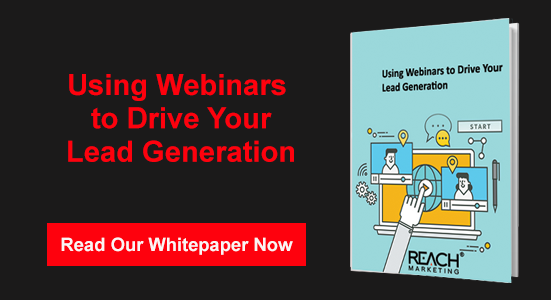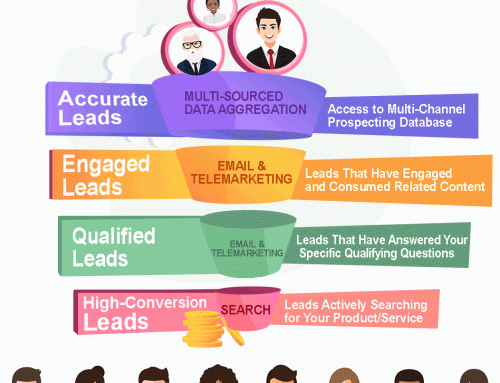The world’s population is somewhere north of 7.5 billion people, but chances are, only a fraction of them are part of your potential market. It’s essential to find those glinting needles in that immense haystack of humanity who constitute your leads, but what do you do with them once you’ve found them? Not all needles are the same size or meant for the same purpose. Part of your lead gen process – arguably the most essential part – is lead scoring.
Lead scoring serves three main purposes:
- It shows you where to focus your efforts;
- It prevents wasted time for you and your leads;
- And allows you to meet your prospects’ needs better.
With a fully realized marketing AI, lead scoring empowers businesses to allocate their resources in ways that make sense for themselves and their customers. It’s a way to impose order on the influx of leads flowing into the sales funnel and devote the right amount of time and energy to nurturing them where needed. Let’s take a closer look at those three elements of a lead scoring system.
Locating Top Leads
Having a rough idea about their most lucrative market segments is as far as many businesses go when exploring which of their prospects have the greatest potential for future sales. They might know which industries or company sizes are in their sweet spot, but they lack more specific knowledge. Here’s where the machine learning capabilities of a marketing AI come into play, revealing correlations between sales histories, lead characteristics, and probability models.
Marketing automation technology shows you who your audience is, not where you guess they might be – an essential step to finding your most promising leads.
Eliminating Wasted Effort
The corollary to finding your highest-scoring leads is reducing your investment in the leads that are least likely to give you meaningful ROI. Some of them may not be leads at all; non-leads in this category might include competitors or students visiting your site. Other leads are still at the earliest steps of their buying journey. While they certainly have a reason to be interested in your marketing message, they are unlikely to reward you with a sale in the near term. They just aren’t ready to get there with you yet – but they could be with a little help, and that’s where your lead scoring system pays dividends.
Meeting Leads’ Needs
Leads who aren’t yet sales-ready need you to guide them through nurture programs tailored to their current stage of the lead life cycle. If they’re still at the top of the funnel, they want entry-level content that helps them outline their problem more clearly so they can start thinking about solutions. If they’re beginning their deep dive into a fact-finding mission, prospects seek out product demonstrations and how-tos that help them comparison shop. Your marketing AI scores leads not only on demographic and firmographic details, but also behavioral cues that give you feedback about overall sales readiness so you can channel them toward the appropriate lead nurture track.
If you’re ready for a deeper dive into understanding how marketing automation technology affects your lead gen strategy yourself, our white paper on the fundamentals of lead scoring has answers.
© Reach Marketing LLC 2017 All Rights Reserved.






